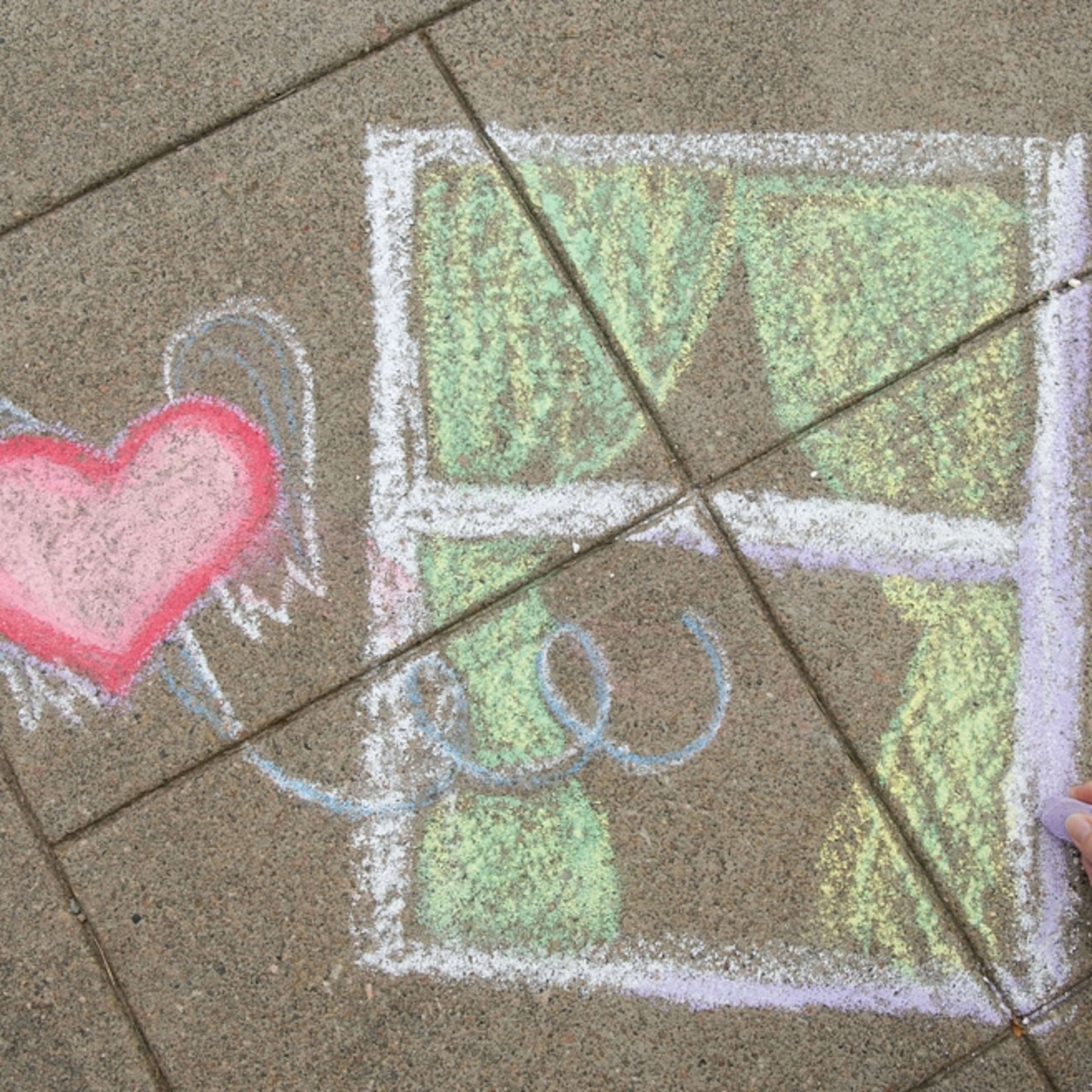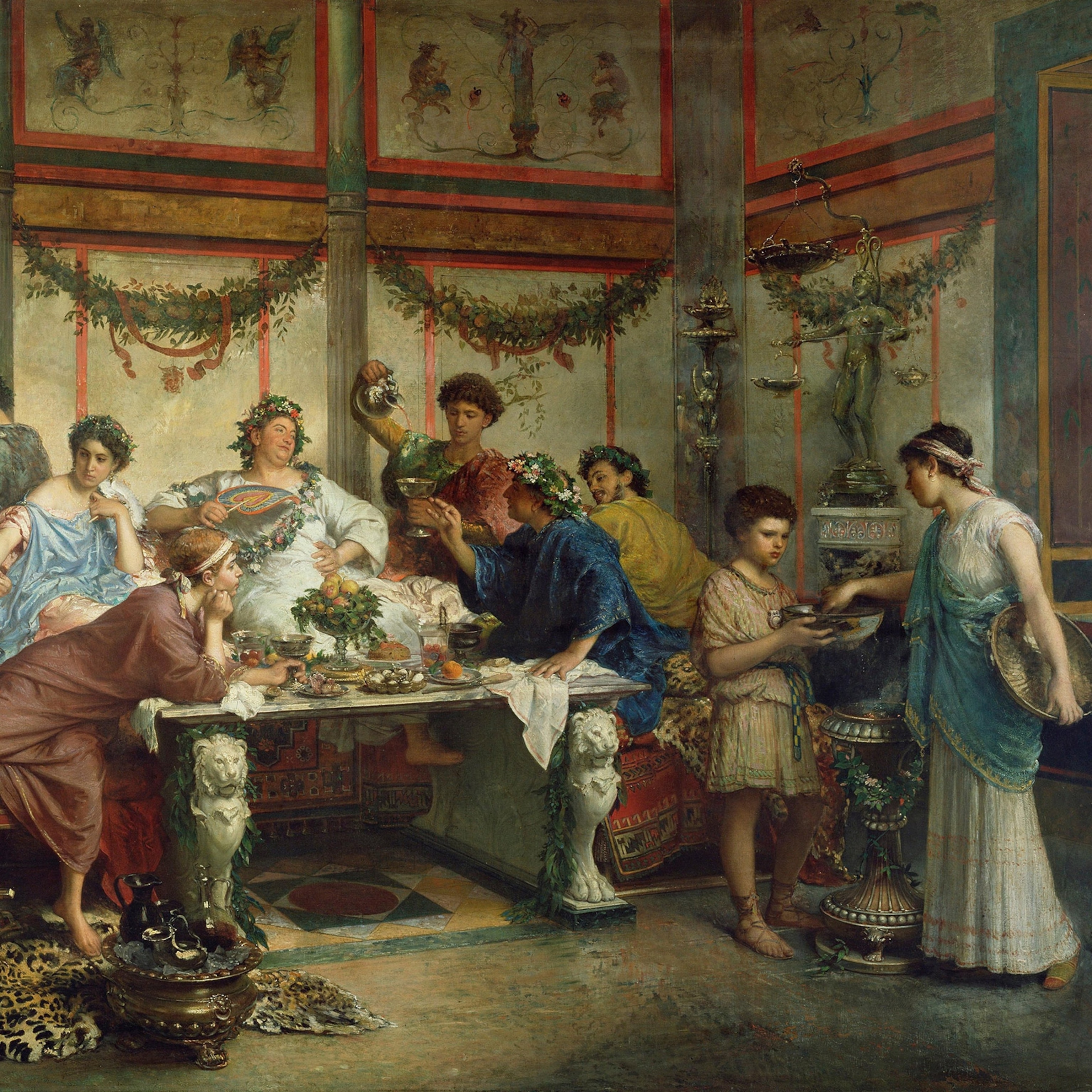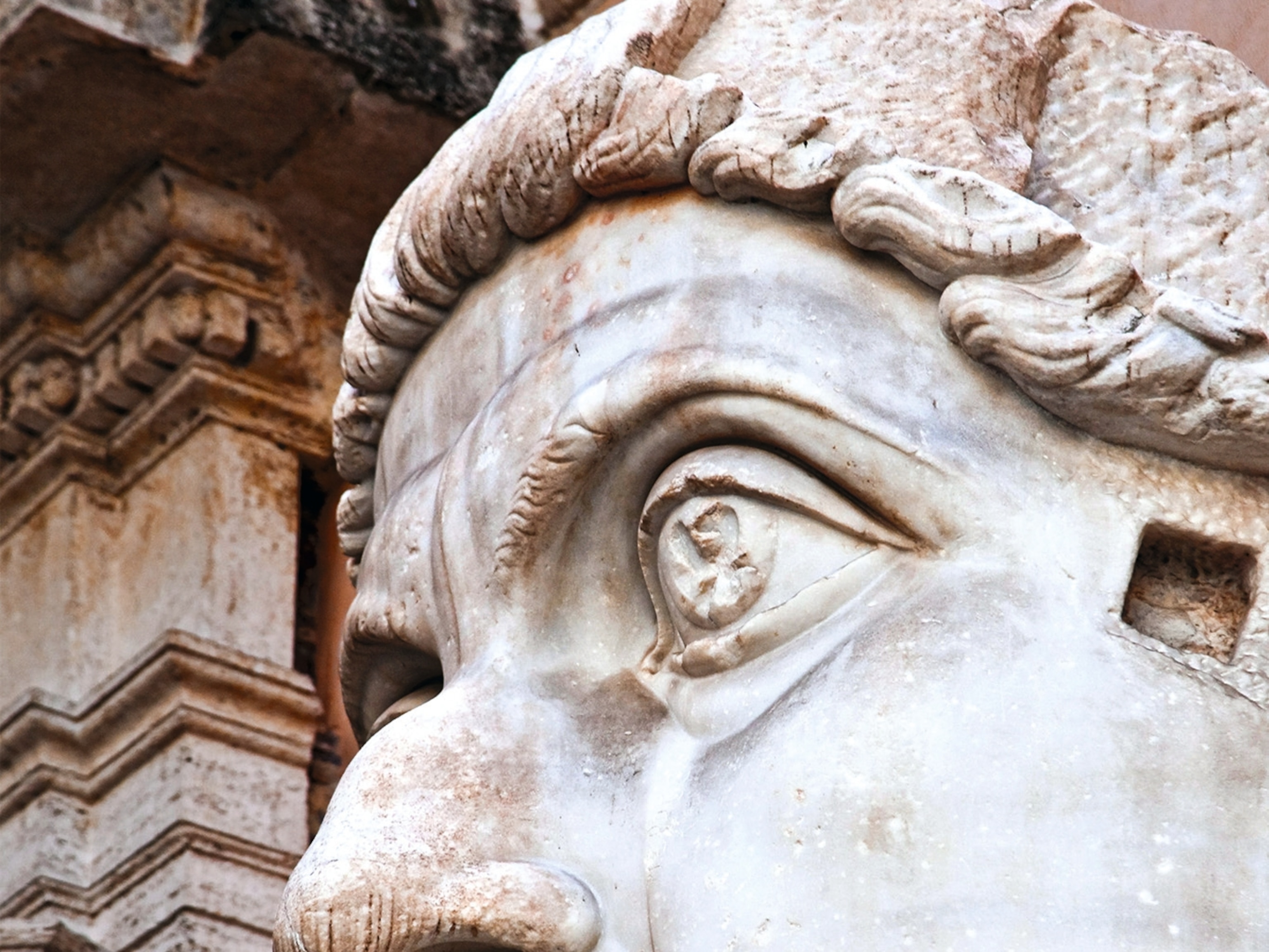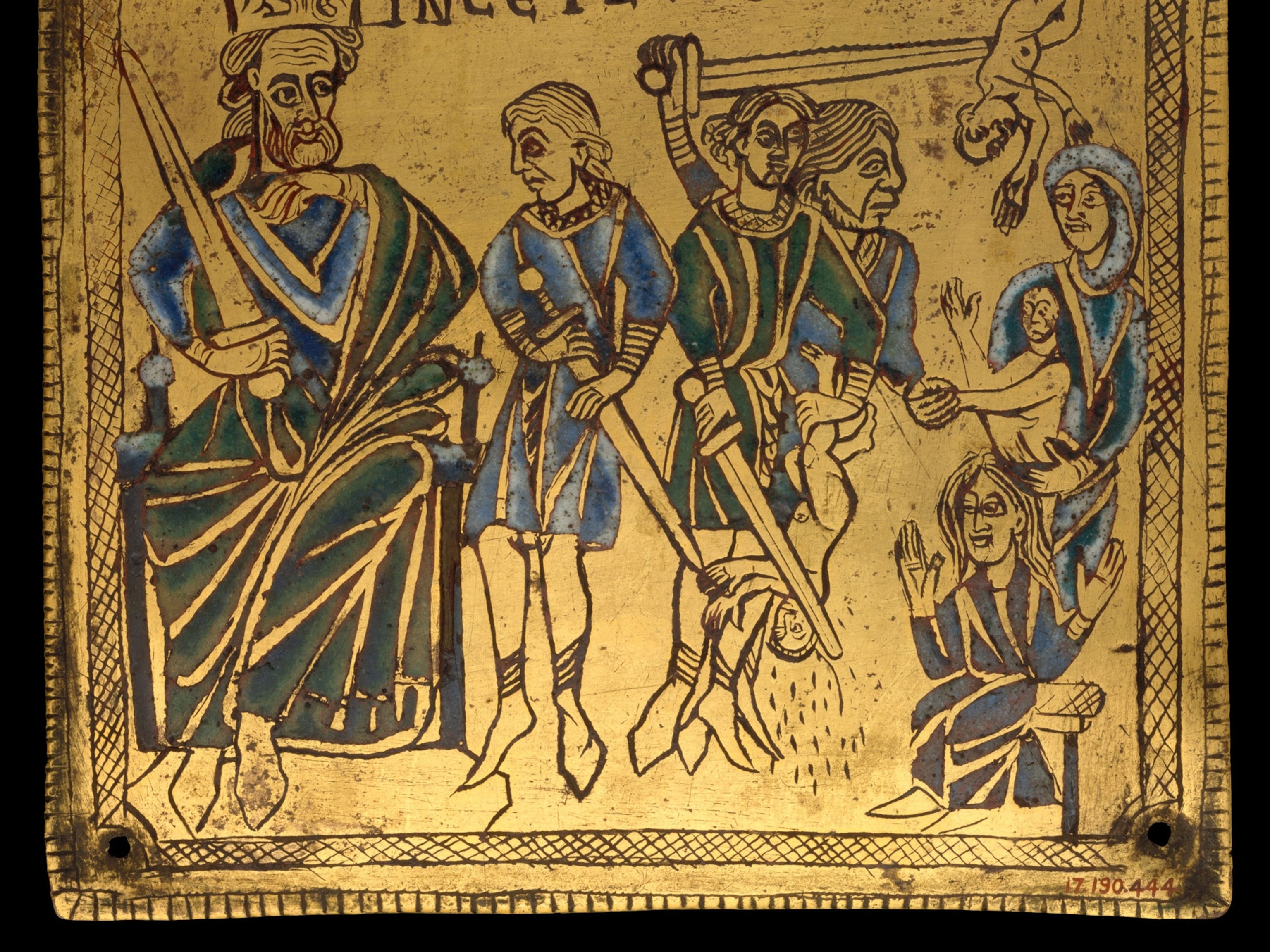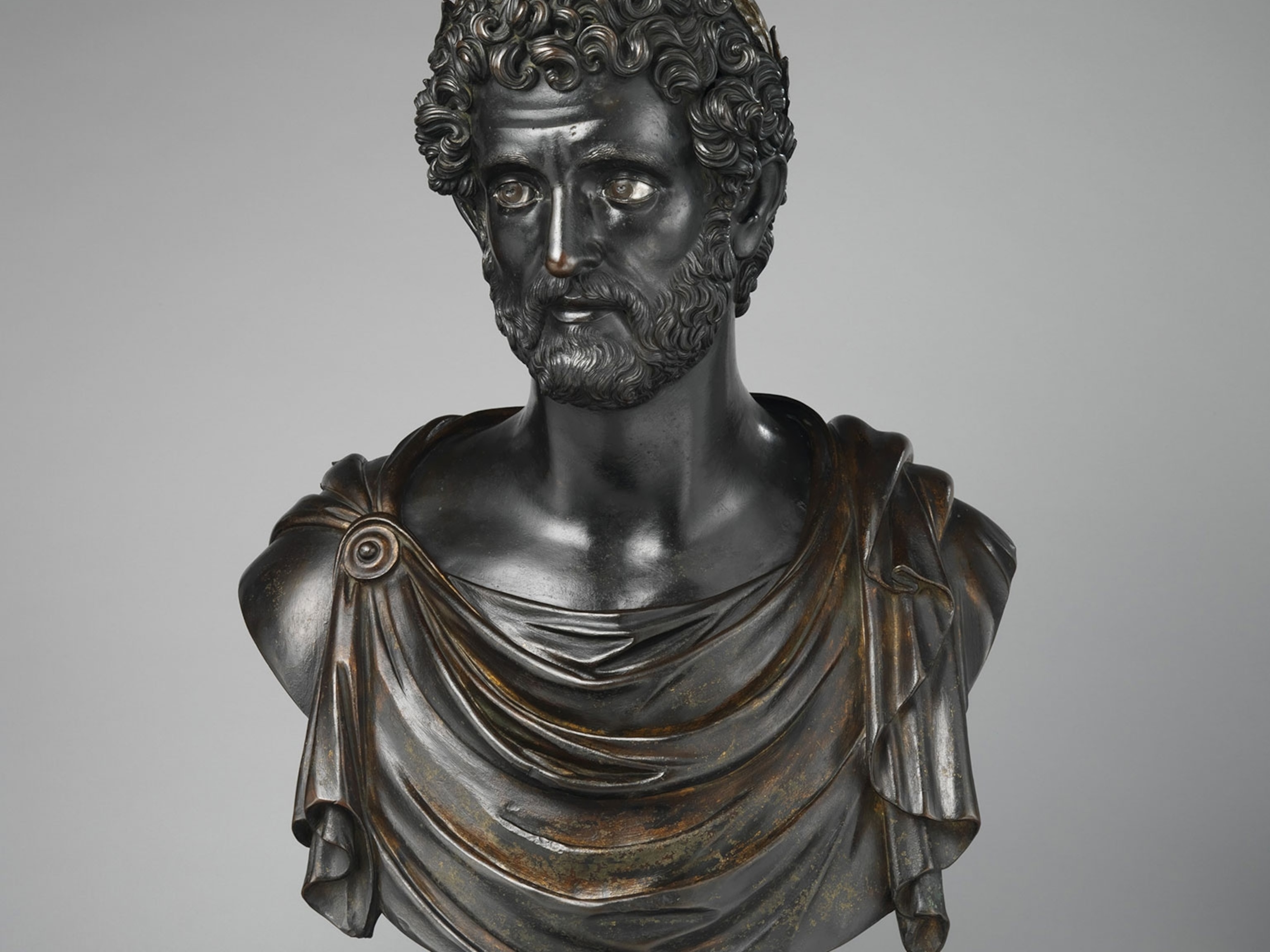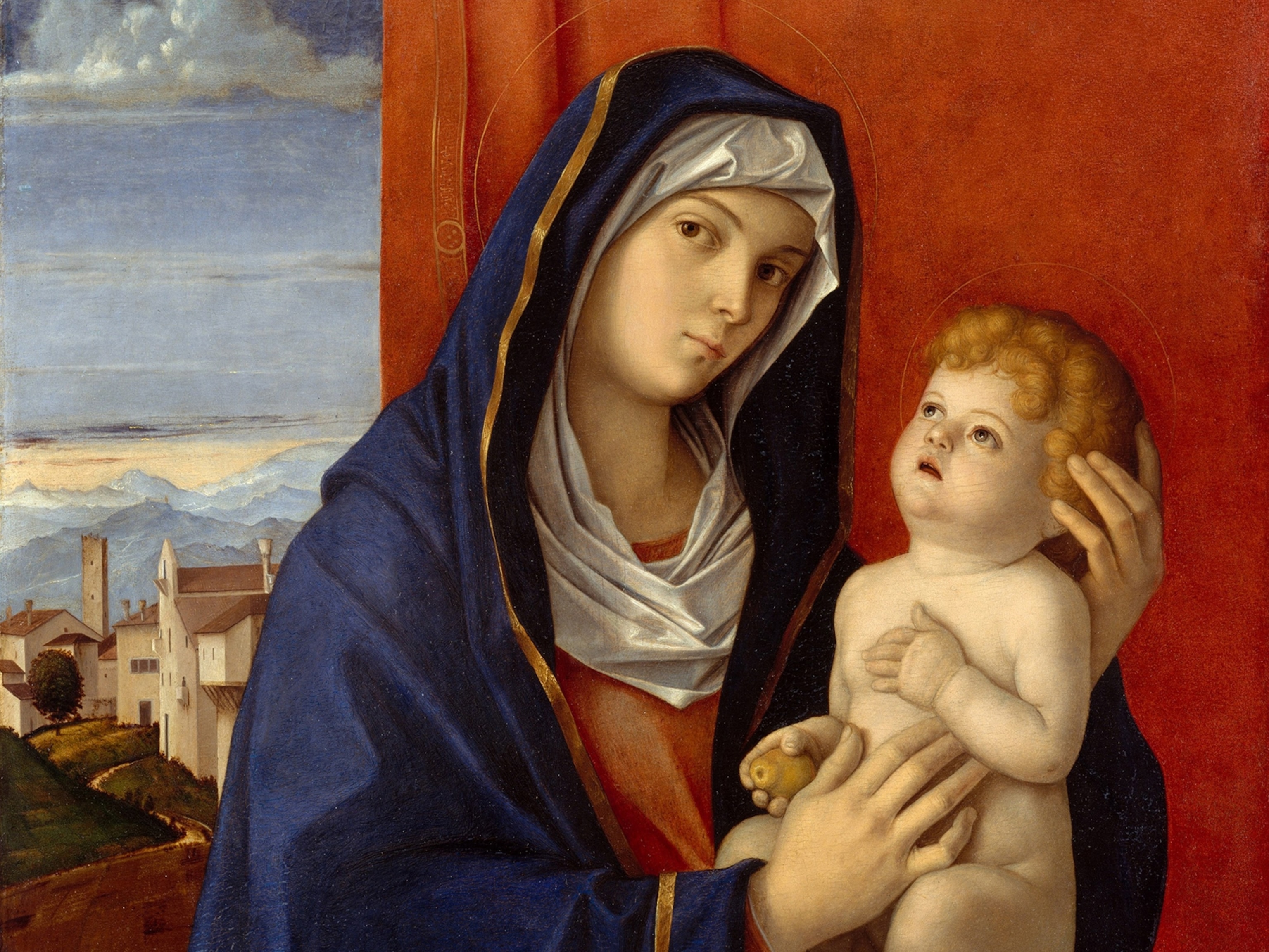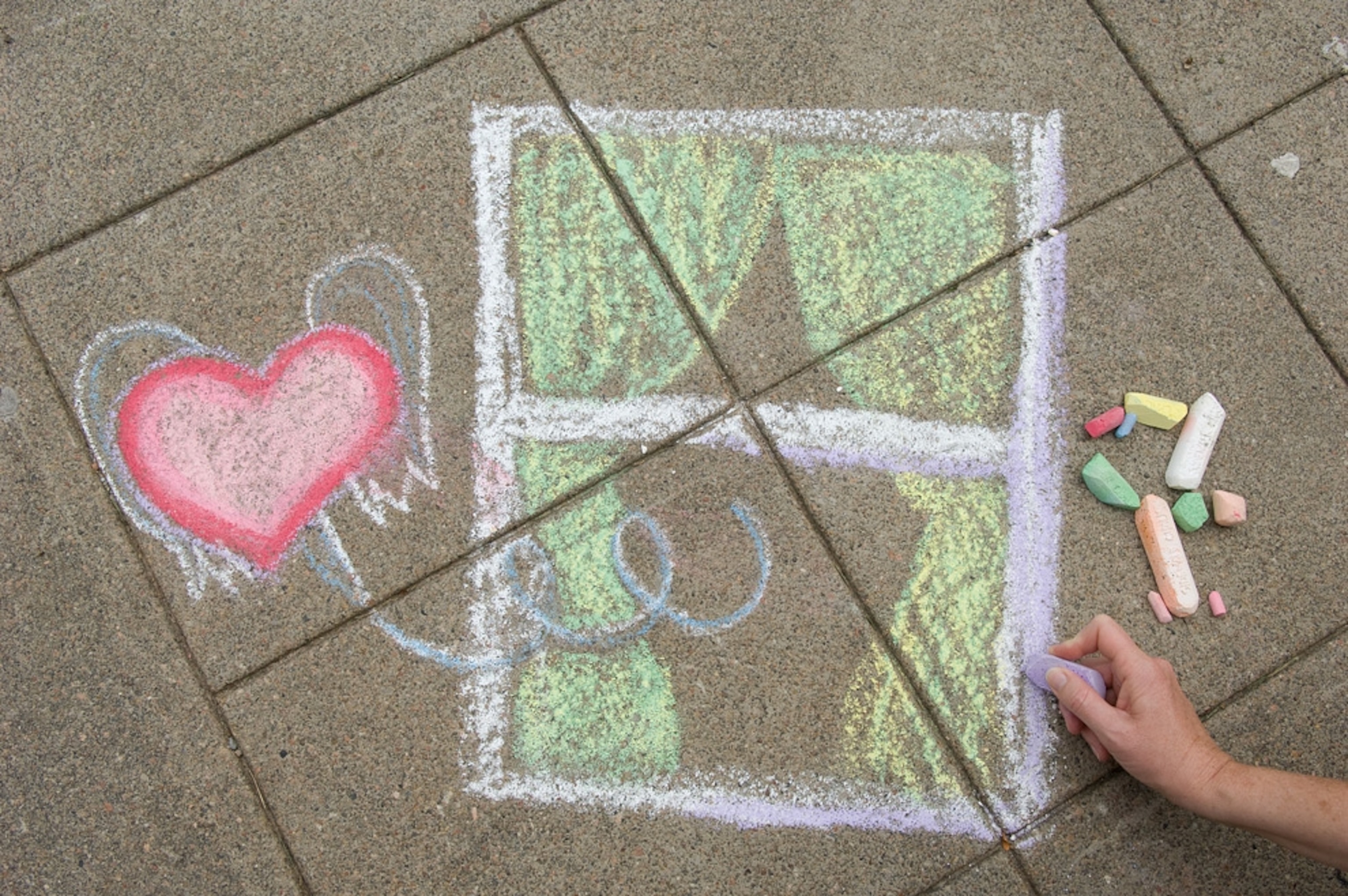
Valentine's Day Facts: Gifts, History, and Love Science
Where did Valentine's Day come from? (Think naked Romans, paganism, and whips.) What does it cost? And why do we fall for it, year after year?
Where did Valentine's Day come from? (Think naked Romans, paganism, and whips.) What does it cost? And why do we fall for it, year after year?
Valentine's Day History: Roman Roots
More than a Hallmark holiday, Valentine's Day, like Halloween, is rooted in pagan partying. (See "Halloween Facts: Costumes, History, Urban Legends, More.")
The lovers' holiday traces its roots to raucous annual Roman festivals where men stripped naked, grabbed goat- or dog-skin whips, and spanked young maidens in hopes of increasing their fertility, said classics professor Noel Lenski of the University of Colorado at Boulder.
The annual pagan celebration, called Lupercalia, was held every year on February 15 and remained wildly popular well into the fifth century A.D.—at least 150 years after Constantine made Christianity the official religion of the Roman Empire.
"It is clearly a very popular thing, even in an environment where the [ancient] Christians are trying to close it down," Lenski said. "So there's reason to think that the Christians might instead have said, OK, we'll just call this a Christian festival."
The church pegged the festival to the legend of St. Valentine.
According to the story, in the third century A.D., Roman Emperor Claudius II, seeking to bolster his army, forbade young men to marry. Valentine, it is said, flouted the ban, performing marriages in secret.
For his defiance, Valentine was executed in A.D. 270—on February 14, the story goes.
While it's not known whether the legend is true, Lenski said, "it may be a convenient explanation for a Christian version of what happened at Lupercalia."
(Valentine's Day Pictures: Animal Pairs.)
Valentine's Day 2011: Lovers Feeling Flush?
Today's relatively tame Valentine's Day celebration is big business—the 2011 holiday is expected to generate $15.7 billion in retail sales in the United States. That's up from last year's $14.1 billion, according to an annual survey by the U.S. National Retail Federation (NRF).
"Having surpassed expectations during the holiday season, it seems consumers are not done spending on gifts, which bodes well for the economy," federation president Matthew Shay said in a statement.
Among those who are celebrating in 2011, the average U.S. consumer is expected to spend $116.21 on Valentine's Day gifts, meals, and entertainment, according to the survey—about $13 more per person than in 2010.
Spouses and significant others are apparently feeling flush, and plan to invest $68.98 on Valentine's Day gifts for their significant other—up from last year's $63.34 average. Even pets are expected to see richer treats in 2011, with average planned spending on animal gifts up $1.77 to $5.04.
(More Valentine's Day pictures: romantic destinations.)
Valentine's Day Gifts Regaining Their Luster?
Which Valentine's Day gifts are in vogue? The U.S. economy's tentative recovery appears to have spurred a slight shift back to baubles, according to the survey.
Whereas practical gifts like winter clothing and accessories were way up in 2010, in 2011 Valentine's Day jewelry purchases are projected to be up in the U.S., with 17.3 percent of survey respondents saying they'll by something shiny, versus 15.5 last year.
Economy notwithstanding, one Valentine's Day spending statistic remains constant year in and year out—U.S. men spend nearly twice as much on the holiday as U.S. women. In 2011 the average man is expected to spend $158.71 on Valentine's Day gifts, while a typical woman will part with only $75.79, the survey says.
Valentine's Day Cards
Greeting cards, as usual, will be the most common Valentine's Day gifts. Fifty-two percent of U.S. consumers plan to send at least one, according to the survey.
The Greeting Card Association, an industry trade group, says about 190 million Valentine's Day cards are sent each year. And that figure does not include the hundreds of millions of cards schoolchildren exchange.
"Giving your sweetheart or someone [else] a Valentine's Day card is a deep-seated cultural tradition in the United States," said association spokesperson Barbara Miller. "We don't see that changing."
The first Valentine's Day card was sent in 1415 from France's Duke of Orléans to his wife when he was a prisoner in the Tower of London following the Battle of Agincourt, according to the association.
Valentine's Day cards—mostly handwritten notes—gained popularity in the U.S. during the Revolutionary War. Mass production started in the early 1900s.
Hallmark got in the game in 1913, according to spokesperson Sarah Kolell. Since then—perhaps not coincidentally—the market for Valentine's Day cards has blossomed beyond lovers to include parents, children, siblings, and friends.
Valentine's Day Candy: Cash Cow
An estimated 47.5 percent of U.S. consumers will exchange Valentine's Day candy in 2011, according to the retail federation survey—adding up to about a sweet billion dollars in sales, the National Confectioners Association says.
About 75 percent of that billion is from sales of chocolate, which has been associated with romance at least since Mexico's 15th- and 16th-century Aztec Empire, according to Susan Fussell, a spokesperson with the association.
Fifteenth-century Aztec emperor Moctezuma I believed "eating chocolate on a regular basis made him more virile and better able to serve his harem," she said.
(Related: secrets of ancient candy.)
But there's nothing chocolaty about Valentine's Day's most iconic candy: those demanding, chalky little hearts emblazoned "BE MINE," "KISS ME," "CALL ME."
About eight billion candy hearts were made in 2009, the association says—enough to stretch from Rome, Italy, to Valentine (map), Arizona, and back again 20 times.
What Is Love? Evolution and Infatuation
Valentine's Day is all about love. But what, exactly, is that?
Helen Fisher is an anthropologist at Rutgers University in New Jersey and author of several books on love, including Why We Love: The Nature and Chemistry of Romantic Love.
Fisher breaks love into three distinct brain systems that enable mating and reproduction:
• Sex drive
• Romantic love (obsession, passion, infatuation)
• Attachment (calmness and security with a long-term partner)
These are brain systems, not phases, Fisher emphasized, and all three play a role in love. They can operate independently, but people crave all three for an ideal relationship.
"I think the sex drive evolved to get you out there looking for a range of partners," she said.
"I think romantic love evolved to enable you to focus your mating energy on just one at a time, and attachment evolved to tolerate that person at least long enough to raise a child together as a team."
Valentine's Day, Fisher added, used to encompass only two of these three brain systems: sex drive and romantic love.
But "once you start giving the dog a valentine, you are talking about a real expression of attachment as well as romantic love."
RELATED
- Sexy Beasts: Valentine's Day Gone Wild
- Hot Deal: Romantic Valentine's Day Getaways
- Traveler Magazine: Valentine's Day Special
- Quiz: Valentine's Day Traditions
- Stargazing Lovers: Spot the Valentine's Day Star
- Valentine's Day Love Potions Around the World
- Valentine's Day Rx: Four Future Love Drugs
- Ancient Kissing Wasn't Just for Valentines, Expert Says
- Why Men Are Sloppy Kissers
- Most People Kiss The Right Way, Study Finds
- Spot the Valentine's Day Star
- Valentine's Science: Why Gauging Sexiness Is Sophisticated


